|
[1]
|
董鸣. 生态学透视-种群生态学. 北京:科学出版社,2016. |
|
[2]
|
刘普幸. 疏勒河中下游绿洲胡杨种群结构与动态研究[J]. 自然资源学报, 2011, 26(03):429~439. |
|
[3]
|
Fuchs M A, Krannitz P G, Harestad A S. Factors affecting emergence and first-year survival of seedlings of Garry oaks(Qwrcw garryana)in British Columbia[J].Canada. Forest Ecology and Management,2000, 137:209~219. |
|
[4]
|
|
|
[5]
|
张志祥, 刘鹏, 蔡妙珍, 等. 九龙山珍稀濒危植物南方铁杉种群数量动态[J]. 植物生态学报, 2008(05):1146~1156. |
|
[6]
|
李文英, 李欣, 甘小洪. 濒危植物水青树的种群结构与数量动态[J]. 亚热带植物科学, 2018, 47(03):222~228. |
|
[7]
|
马宇飞, 李俊清. 湖北七姊妹山珙桐种群结构研究[J]. 北京林业大学学报, 2005(03):12~16. |
|
[8]
|
梁宏伟, 黄光强, 王玉兵, 等. 湖北长阳光叶珙桐群落结构研究[J]. 生态科学, 2011, 30(03):250~256. |
|
[9]
|
罗世家, 包满珠, 赵善雄, 等. 大相岭龙苍沟珙桐种群空间分布格局研究[J]. 生物数学学报, 2009, 24(03):531~536. |
|
[10]
|
雷妮娅, 陈勇, 李俊清, 等. 四川小凉山珙桐更新及种群稳定性研究[J]. 北京林业大学学报, 2007(01):26~30. |
|
[11]
|
|
|
[12]
|
张望, 操国兴, 刘光华, 等. 四川省喇叭河自然保护区珙桐种群结构与分布格局[J]. 浙江林学院学报, 2008(04):451~457. |
|
[13]
|
杨心兵, 刘胜祥, 杨福生. 湖北省后河自然保护区光叶珙桐种群结构的研究[J].生物学杂志, 2000(01):16~18. |
|
[14]
|
沈泽昊, 林洁, 陈伟烈, 等. 四川卧龙地区珙桐群落的结构与更新研究[J]. 植物生态学报, 1999(06):562~567. |
|
[15]
|
焦健, 田波生, 孙学刚. 甘肃文县珙桐群落优势种种群分布格局及动态变化趋势[J]. 甘肃农业大学学报,1998(03):58~63. |
|
[16]
|
李江陵, 舒光明, 何明友. 峨边黑竹沟药用植物资源及可持续利用的研究[J]. 中国中药杂志, 2000(01):16~18. |
|
[17]
|
何亚平, 费世民, 蒋俊明, 等. 不同龄级划分方法对种群存活分析的影响——以水灾迹地油松和华山松种群生存分析为例[J]. 植物生态学报, 2008(02):448~455. |
|
[18]
|
闫桂琴, 赵桂仿, 胡正海,等. 秦岭太白红杉种群结构与动态的研究[J]. 应用生态学报, 2001(06):824~828. |
|
[19]
|
赵阳, 齐瑞, 焦健, 等. 尕海-则岔地区紫果云杉种群结构与动态特征[J]. 生态学报, 2018, 38(20):7447~7457. |
|
[20]
|
肖宜安, 肖南, 胡文海,等.濒危植物长柄双花木自然种群年龄结构及其生态对策[J].广西植物,2007(06):850~854. |
|
[21]
|
卢杰, 郭其强, 郑维列,等. 藏东南高山松种群结构及动态特征[J]. 林业科学, 2013,49(08):154~160. |
|
[22]
|
Deevey ES Jr. Life tables for natural populations of animals[J]. The Quarterly Review of Biology, 1947, 22(4):283~314 |
|
[23]
|
李娟, 林建勇, 何应会, 等. 广西崇左叉叶苏铁种群结构与分布格局研究[J]. 广东农业科学, 2016, 43(12):25~29. |
|
[24]
|
张文辉, 许晓波, 周建云, 等. 濒危植物秦岭冷杉种群数量动态[J]. 应用生态学报, 2005(10):1799~1804. |
|
[25]
|
苏瑞军, 苏智先. 珙桐种子散布、萌发及其种群龄级分配的关系研究[J]. 林业科学, 2005(03):192~195. |
|
[26]
|
金雅琴,李冬林,孙晓龙,等.南京方山朴树种群结构与分布格局研究[J].植物研究, 2011,31(05):603~609. |
|
[27]
|
李辛雷, 孙振元, 李纪元,等. 濒危植物杜鹃红山茶种群结构和动态变化[J]. 植物资源与环境学报, 2018, 27(02):17~23. |
|
[28]
|
谢宗强, 陈伟烈, 路鹏, 等. 濒危植物银杉的种群统计与年龄结构[J]. 生态学报, 1999(04):523~528. |






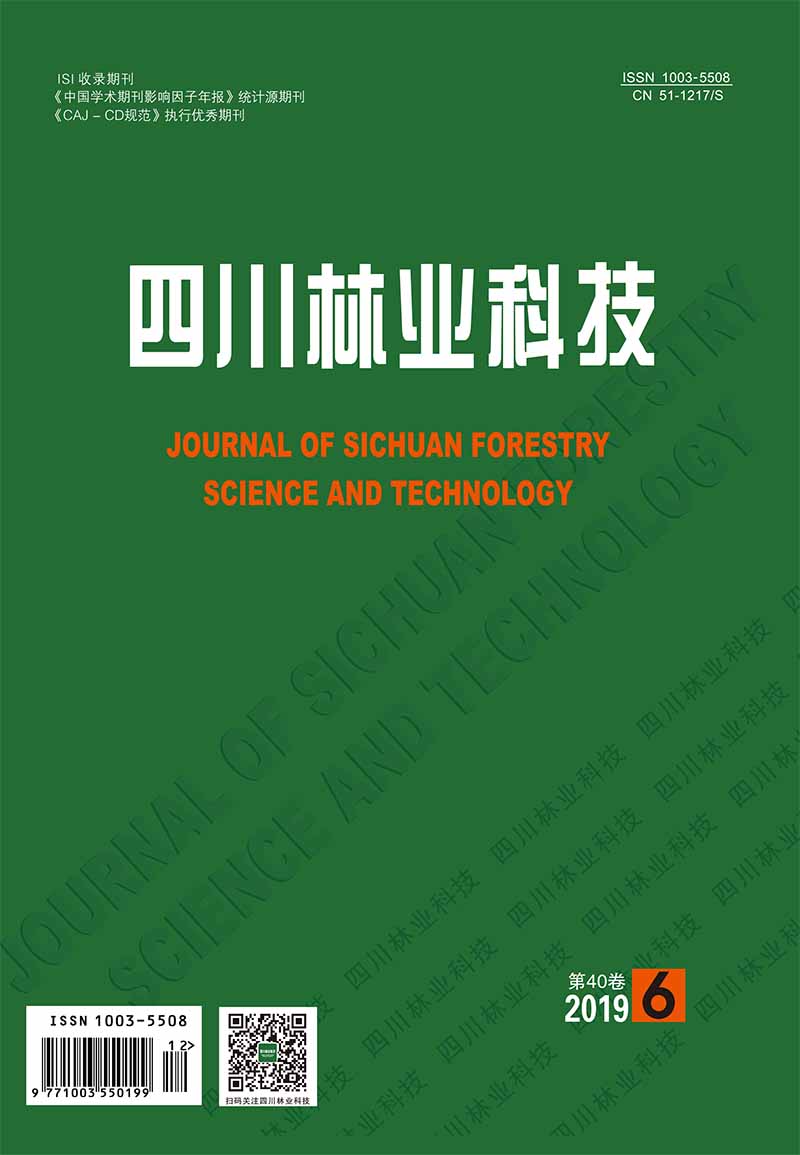




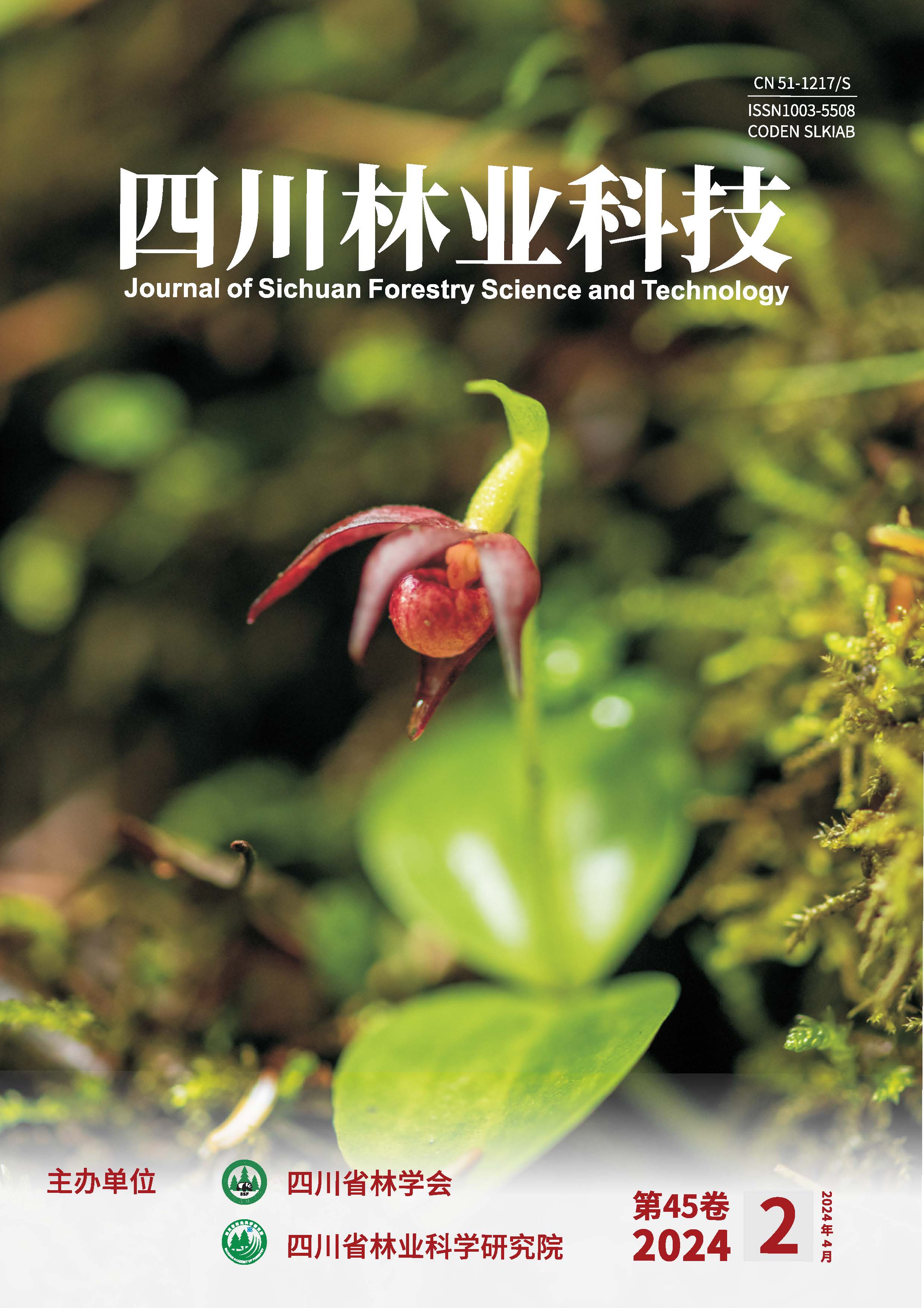
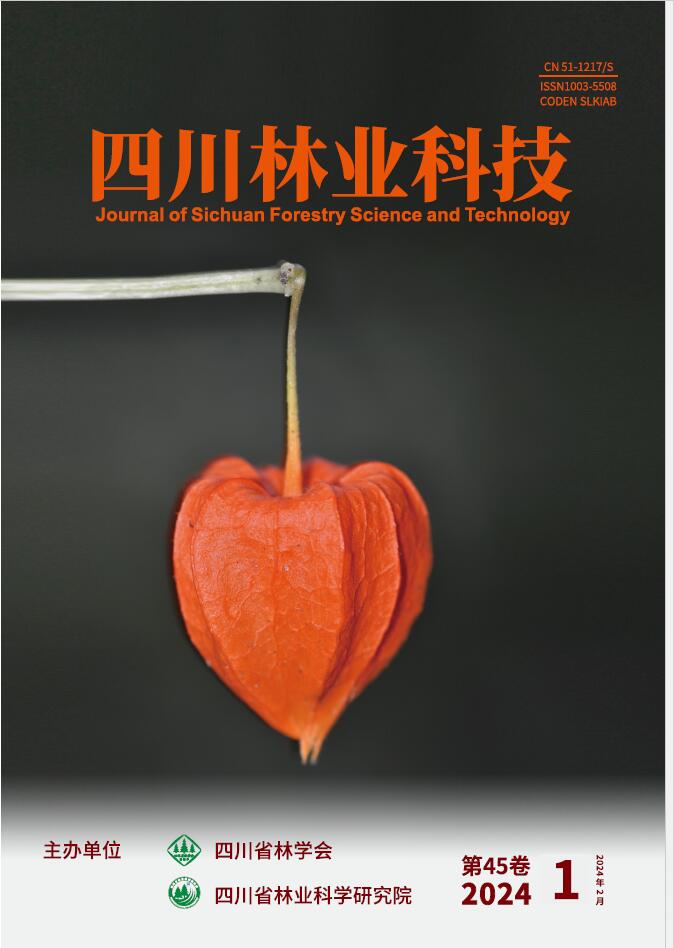
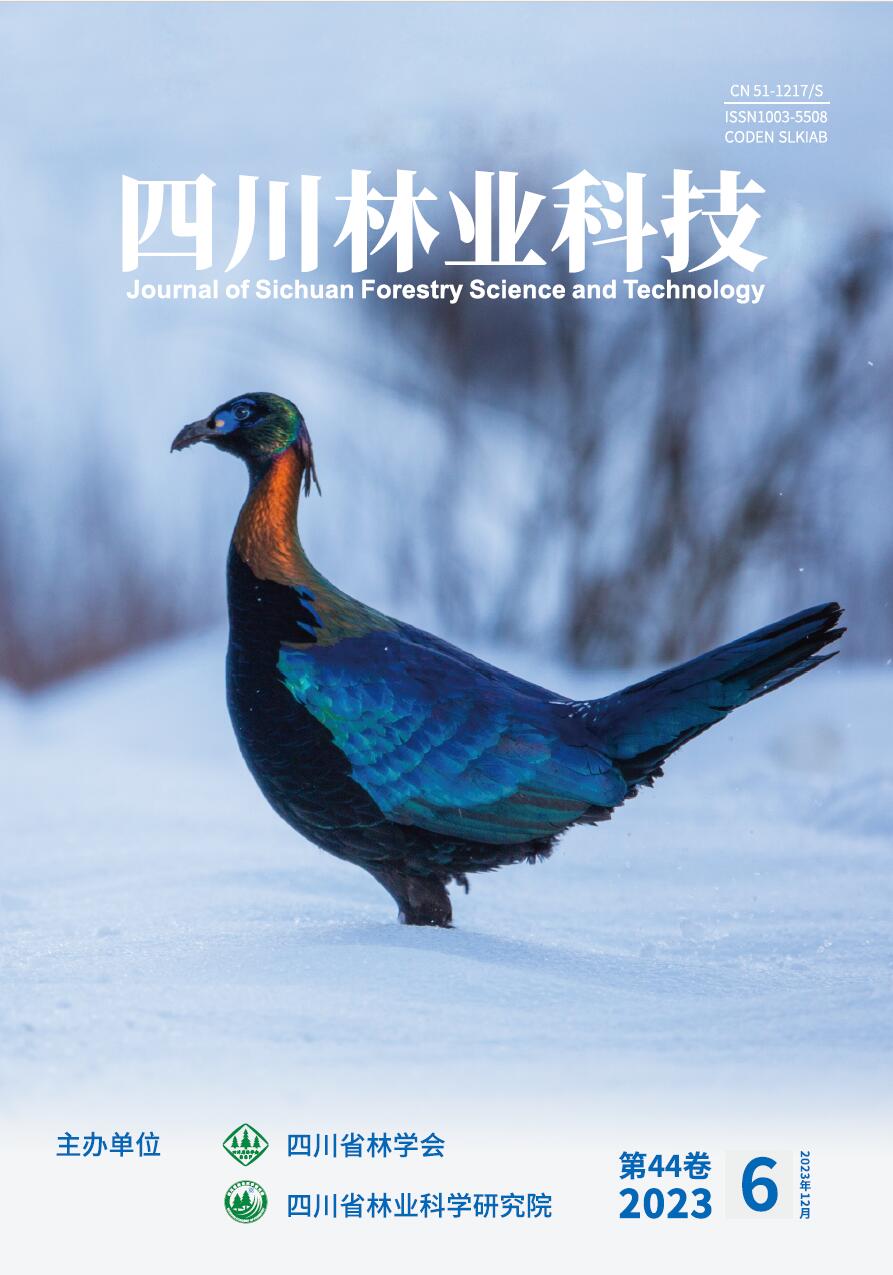
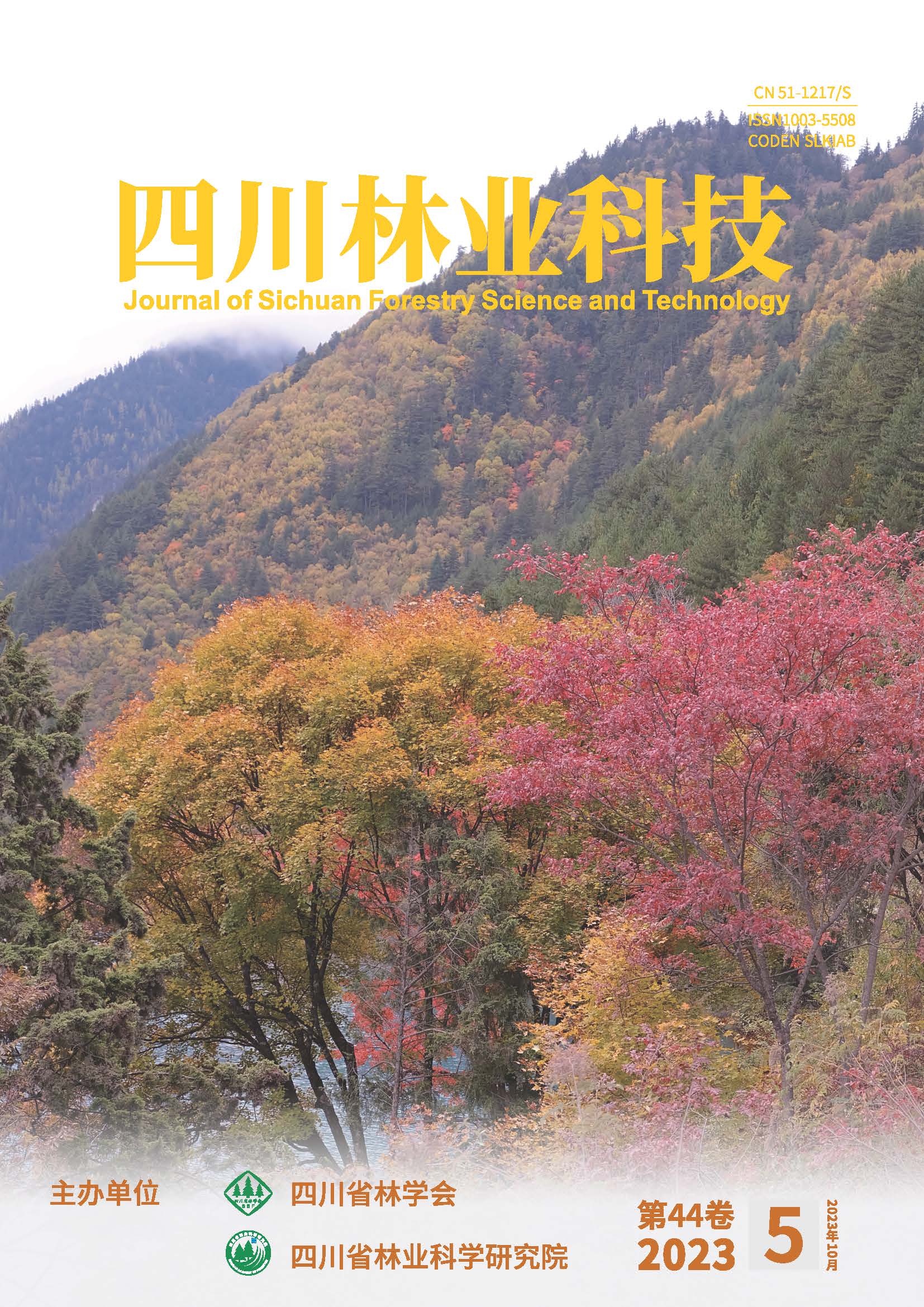
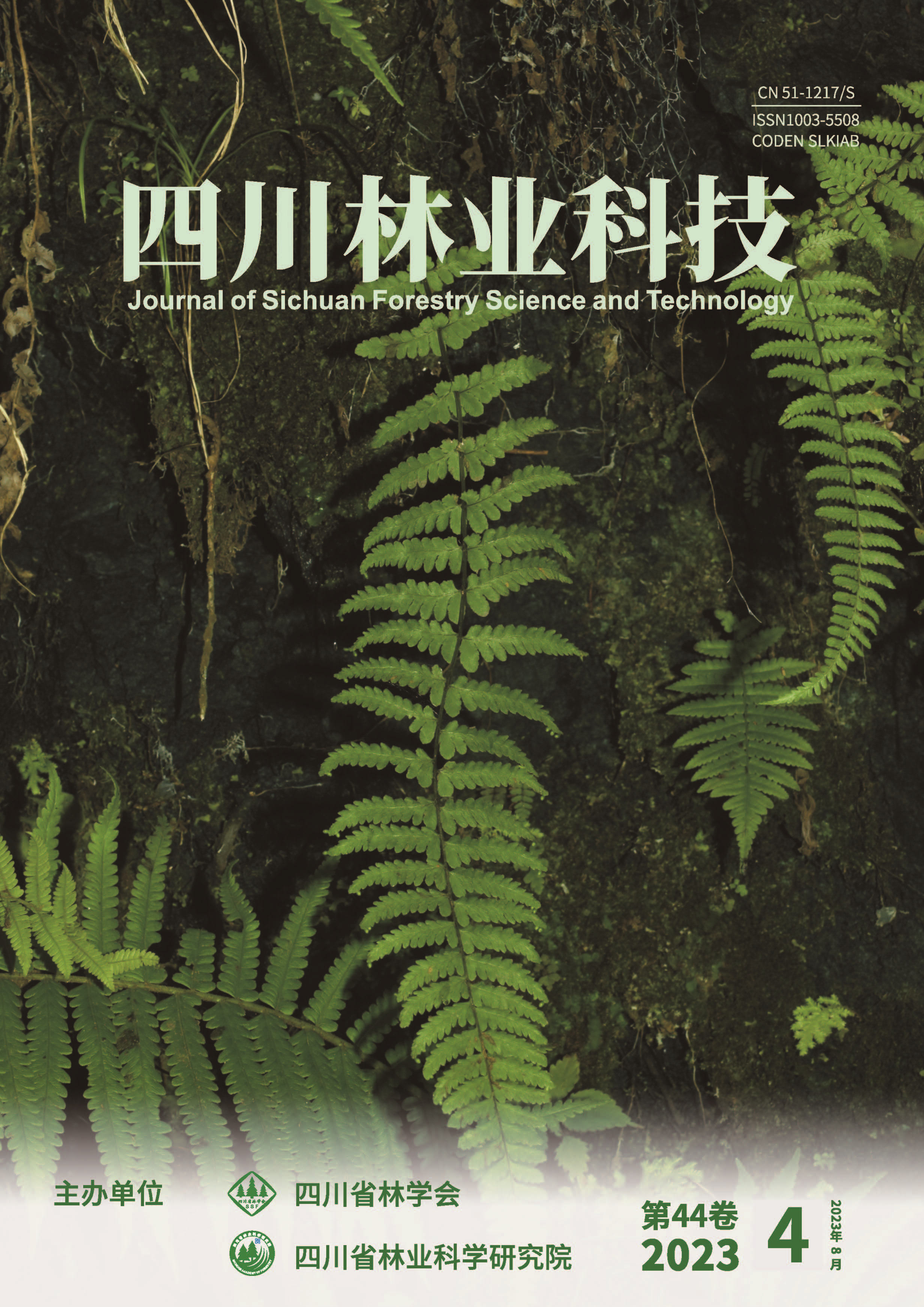
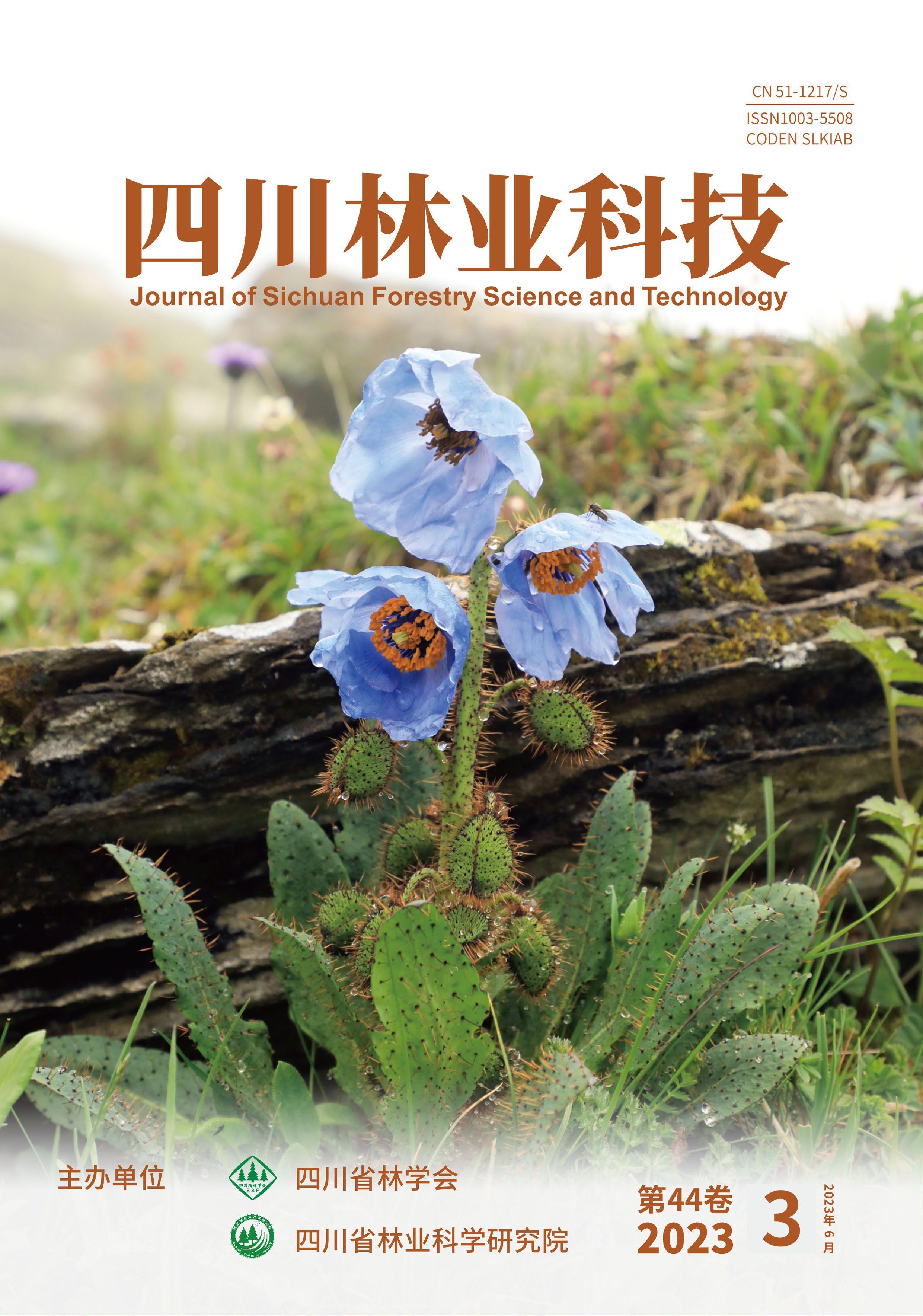
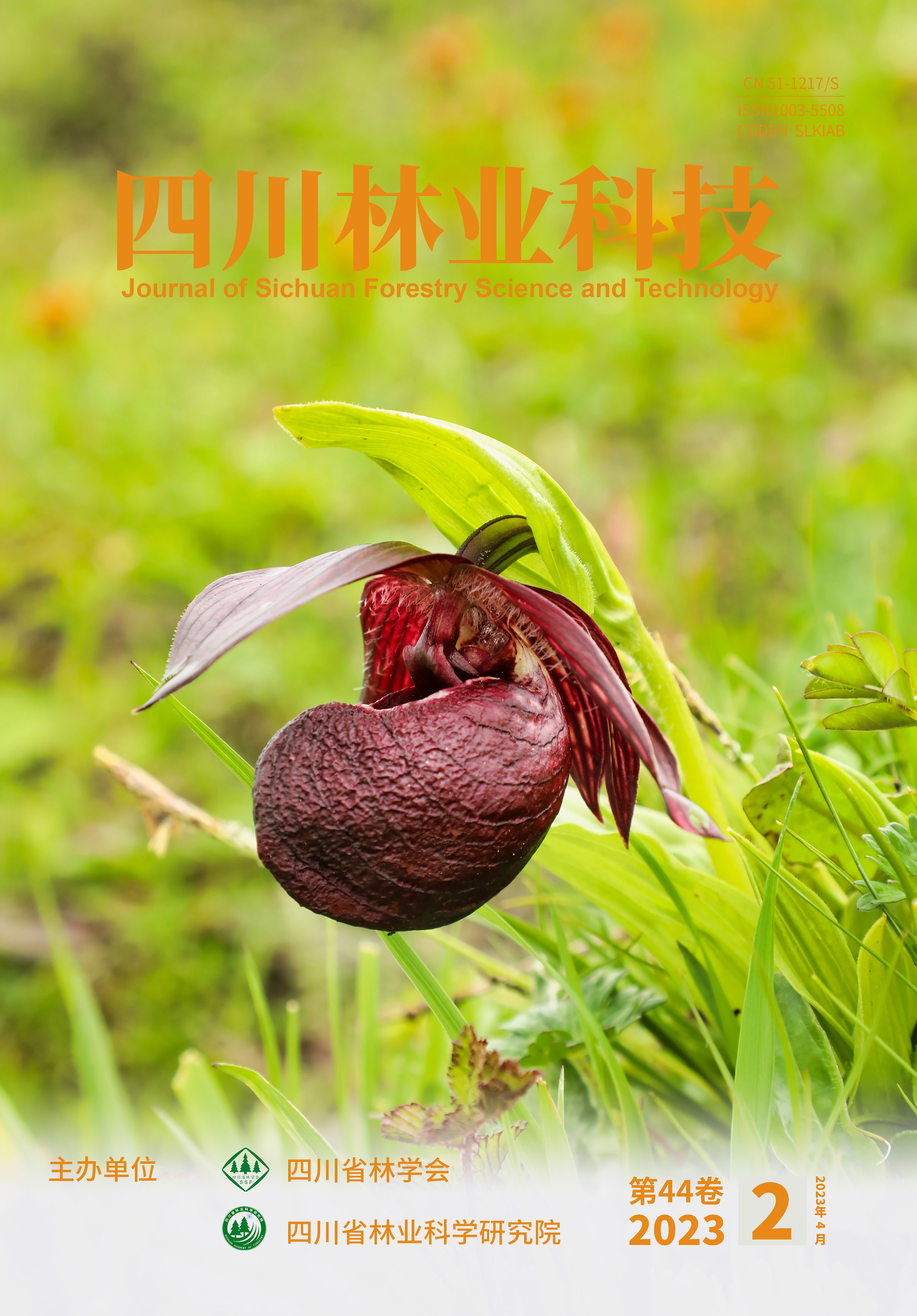
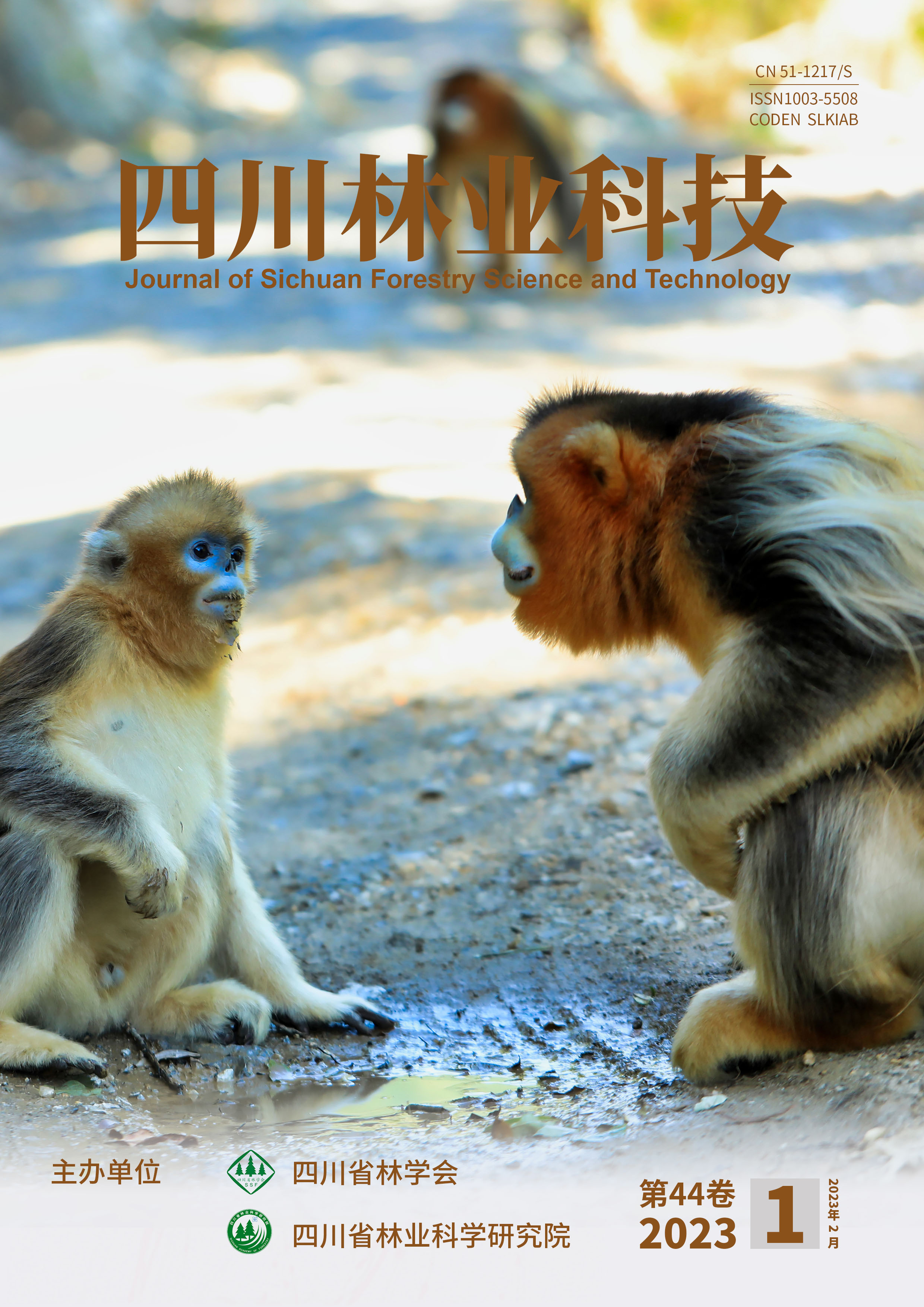


 DownLoad:
DownLoad: